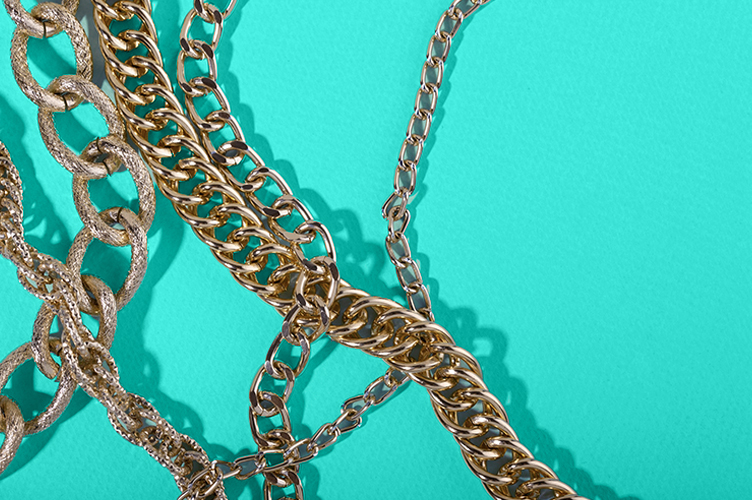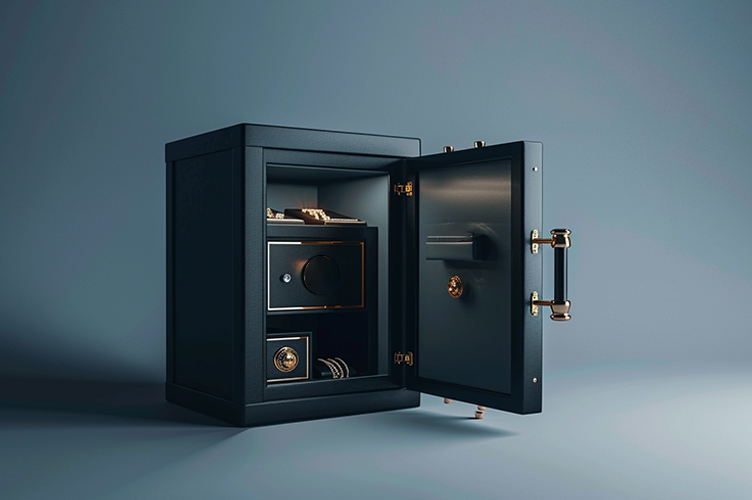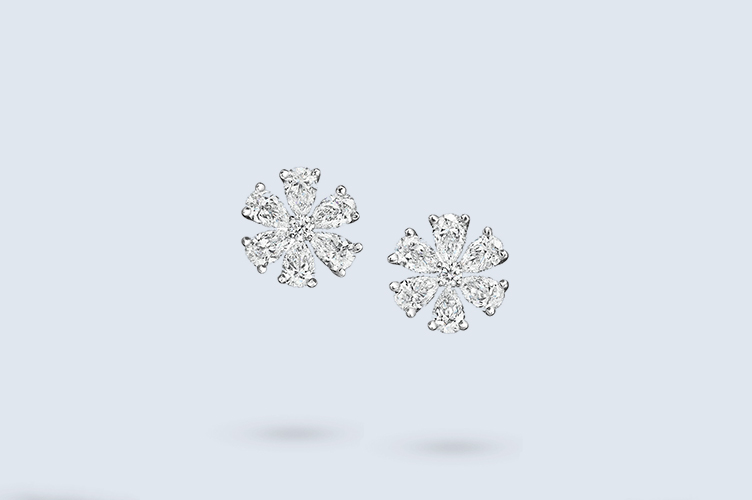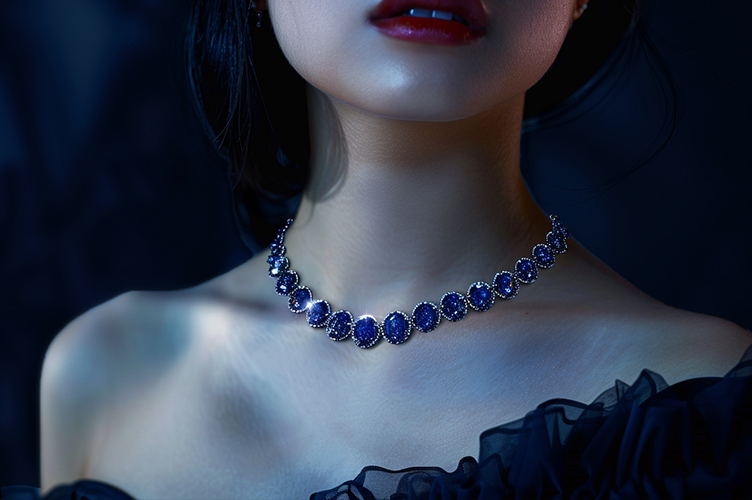Kids can explore the exciting science of geology to learn about the Earth’s structure and which factors have shaped the globe. Anyone who likes minerals, rocks, and precious stones will love studying geology. Geology is a popular subject since so many people like examining beautiful rocks.
Rocks
Rocks of diverse forms, sizes, and colors are all around us. We can learn about the history of the Earth by studying rock formations. Examining layers of rocks and thinking about their location gives clues to how the Earth was formed in that area. Rocks can let us know if there was a volcanic explosion thousands of years ago, whether an area was underwater, and even if a glacier covered it. Collecting rocks is a lot of fun, and you might make exciting discoveries. Split open a rock, and you might find a shiny quartz or an ancient fossil.
Rocks are divided into three groups: igneous, sedimentary, and metamorphic. They occur in a variety of sizes, hues, and shapes. When magma, or molten rock, cools and solidifies, igneous rocks are created. Common igneous rocks contain granite, basalt, and pumice are examples of. When sediment, such as sand, silt, and clay, is compressed and cemented together, sedimentary rocks are created. Shale, limestone, and sandstone are a few examples of sedimentary rocks. Metamorphic rocks form after getting exposed to intense heat and pressure. Some common metamorphic rocks include gneiss, slate, and marble.
- Three Types of Rock
- Children’s Ideas About Rocks
- Investigating Rocks and Sand PDF
- Why Should We Study Rocks?
- Geological Time and Life of the Past, Reading Stories in Rocks and Fossils
- Basic Elements of Our Earth’s Crust: Rocks, Soils and Minerals
- Rocks and Minerals: Top 10 Questions
- Learn the Properties, Classification and Formation of Rocks PDF
- How Are Rocks the Same and How Are They Different?
- Hands-On Science and Literacy Activities About Rocks and Minerals
Minerals
Since minerals are the fundamental components of rocks and found everywhere, they’re an important part of geology. They can appear in vibrant hues and interesting shapes, almost like they are the constituent parts of the Earth’s crust. Many minerals are used to make incredible jewelry. These include priceless gems like rubies, diamonds, and emeralds.
Did you know that there are lots of different minerals in the world? Some are super sparkly and valuable, but others are used to make everyday things! Quartz and mica are used to make electronics because it’s super clear and hard. Feldspar is used to make things like glass and ceramics. You can find calcite used in construction and even in fertilizers for plants. Even though they might not be as fancy as diamonds and rubies, these everyday minerals are still super cool and useful.
- Using Characteristics of Minerals To Identify Them
- What Is the Difference Between a Rock and a Mineral?
- Everyday Uses of Rocks and Minerals
- Introductory Lesson on Minerals: What Is a Mineral? PDF
- Mineral Formation
- Exploring Rocks and Minerals PDF
- Geology and Minerals Guide PDF
- Mineralogy
- Introduction to Physical Geology: Minerals
Precious Stones
Precious stones are some of the world’s most beautiful and valuable objects. They come in all different colors and can be sparkly and shiny. Some of the most famous precious stones are diamonds, rubies, and emeralds. Diamonds are super hard and clear and often used in jewelry like engagement rings. You might know that rubies are red and emeralds are green.
People have used precious stones as currency for thousands of years. Kings and queens would wear huge necklaces and crowns covered in precious stones to show off their wealth and power. Even today, people still use precious stones as a way to show off their status. So while they might be pretty, precious stones are also important in history and culture.
- Gem Formation: How Are Gemstones Created?
- Mineralogical Studies on Some Selected Semi-precious Stones From Northeast Jordan
- General Information on Gemology
- Natural Gemstones
- Gemstones: Their Rarity Sheds Light on Conditions Deep Inside Earth.
- Geology and Exploration: Gemstones
- Geochemistry of Gems PDF
- The Lure of Birthstones
- Semi-precious Gemstones and Ornamental Stones Found in Utah
- Gems and Man: A Brief History
Additional Resources
- Minerals, Crystals, Rocks & Stones: What’s the Difference?
- 20 Best Rocks and Minerals Books of All Time
- How To Become a Mineralogist
- Geology of Gem Deposits
- Brief Introduction to Rocks and Minerals
- Difference Between Gemstones and Minerals
- Occurrences of Gemstone Minerals in Tasmania PDF
- How Would You Define Gemstones and How Did They Come To Be?
- Engagement Ring Insurance
- The Rock Cycle
- Classification of Rocks With Example






